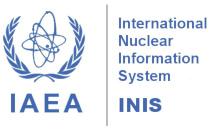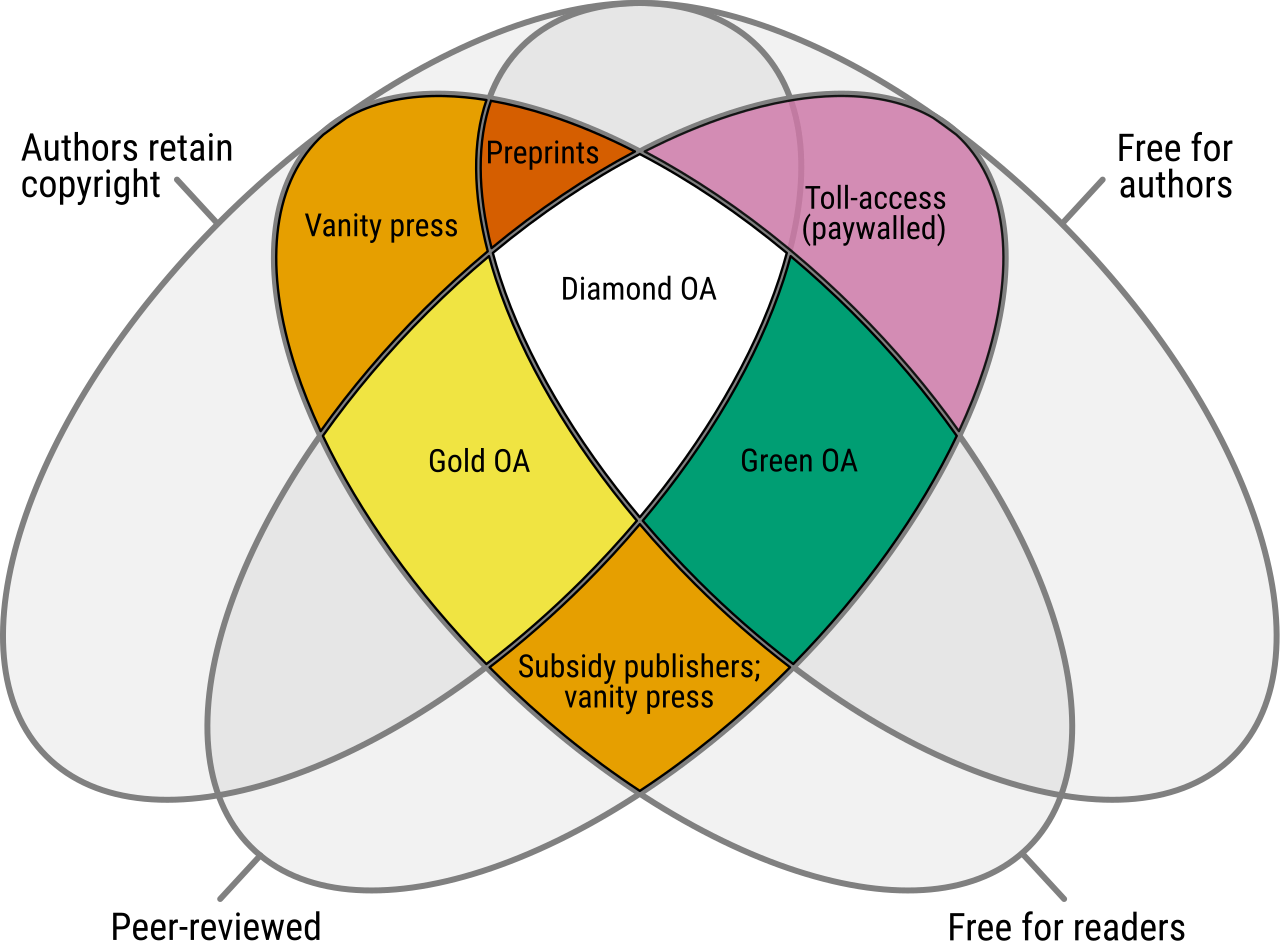Fabrication and Dosimetric Evaluation of a 3D-Printed Multichannel Cylindrical Applicator Prototype for HDR Gynecological Brachytherapy
DOI:
https://doi.org/10.15392/2319-0612.2025.2889Keywords:
Brachytherapy, 3D printing, dosimetry, multichannel cylindrical applicatorAbstract
High dose-rate (HDR) brachytherapy is widely used in the treatment of gynecological cancers, but the availability of multichannel applicators remains limited in many radiotherapy centers. 3D printing has emerged as a viable alternative for manufacturing customized devices, allowing for optimized dose distribution and reduced exposure to organs at risk. This study aimed to develop and evaluate a 3D-printed multichannel cylindrical applicator for gynecological brachytherapy. The printing material was selected based on its physical properties, followed by an analysis of Hounsfield Units (HU) for different infill percentages and printing patterns. The applicator was printed using polylactic acid (PLA), and different physical and imaging tests were performed. The dose distributions obtained with the 3D-printed multichannel applicator and a single-channel were compared, with focus on target coverage and organ-at-risk exposure. Dosimetric evaluation was performed using Gafchromic® EBT4 film. The results show that the multichannel applicator enabled better dose conformity, reducing rectal exposure compared to the single-channel applicator while maintaining target coverage. Gamma analysis confirmed the accuracy of the calculated dose distribution. 3D printing seems to be a viable alternative to produce customized applicators, potentially expanding therapeutic options in gynecological brachytherapy, however, future studies should investigate the biocompatibility of the material and the clinical feasibility of the applicator.
Downloads
References
SANTOS, M. DE O. et al. Estimativa de Incidência de Câncer no Brasil, 2023-2025. Revista Brasileira de Cancerologia, v. 69, n. 1, 6 fev. 2023. DOI: https://doi.org/10.32635/2176-9745.RBC.2023v69n1.3700
HASBINI, A. et al. Outcome after salvage radiotherapy (brachytherapy +/− external) in patients with a vaginal recurrence from endometrial carcinomas. Radiotherapy and Oncology, v. 65, n. 1, p. 23–28, out. 2002. DOI: https://doi.org/10.1016/S0167-8140(02)00212-8
KIM, H. et al. Dosimetric comparison of multichannel with one single-channel vaginal cylinder for vaginal cancer treatments with high-dose-rate brachytherapy. Brachytherapy, v. 13, n. 3, p. 263–267, maio 2014. DOI: https://doi.org/10.1016/j.brachy.2013.08.009
FAHIMIAN, B. P. et al. 3D printing in brachytherapy: A systematic review of gynecological applications. Brachytherapy, v. 22, n. 4, p. 446–460, jul. 2023. DOI: https://doi.org/10.1016/j.brachy.2023.02.002
NATH, R. et al. Dosimetry of interstitial brachytherapy sources: Recommendations of the AAPM Radiation Therapy Committee Task Group No. 43. Medical Physics, v. 22, n. 2, p. 209–234, fev. 1995. DOI: https://doi.org/10.1118/1.597458
TINO, R. et al. A Systematic Review on 3D-Printed Imaging and Dosimetry Phantoms in Radiation Therapy. Technology in Cancer Research & Treatment, v. 18, 1 jan. 2019. DOI: https://doi.org/10.1177/1533033819870208
WONG, K. V.; HERNANDEZ, A. A Review of Additive Manufacturing. ISRN Mechanical Engineering, v. 2012, p. 1–10, 16 ago. 2012. DOI: https://doi.org/10.5402/2012/208760
CHEN, X. et al. Recent Progress on 3D‐Printed Polylactic Acid and Its Applications in Bone Repair. Advanced Engineering Materials, v. 22, n. 4, 27 nov. 2019. DOI: https://doi.org/10.1002/adem.201901065
GIBSON, I.; ROSEN, D.; STUCKER, B. Additive Manufacturing Technologies: 3D Printing, Rapid Prototyping, and Direct Digital Manufacturing. [s.l.] Springer, 2014. DOI: https://doi.org/10.1007/978-1-4939-2113-3
[10] PÖTTER, R. et al. Recommendations from gynaecological (GYN) GEC ESTRO working group (II): Concepts and terms in 3D image-based treatment planning in cervix cancer brachytherapy—3D dose volume parameters and aspects of 3D image-based anatomy, radiation physics, radiobiology. Radiotherapy and Oncology, v. 78, n. 1, p. 67–77, jan. 2006. DOI: https://doi.org/10.1016/j.radonc.2005.11.014
ICRU 89, R. 89. Prescribing, Recording, and Reporting Brachytherapy for Cancer of the Cervix. Journal of the ICRU, v. 13, n. 1–2, p. 1–10, abr. 2013. DOI: https://doi.org/10.1093/jicru_ndw027
CARRARA, M. et al. Comparison of different treatment planning optimization methods for vaginal HDR brachytherapy with multichannel applicators: A reduction of the high doses to the vaginal mucosa is possible. Physica Medica, v. 44, p. 58–65, dez. 2017. DOI: https://doi.org/10.1016/j.ejmp.2017.11.007
DANCEWICZ, O. L. et al. Radiological properties of 3D printed materials in kilovoltage and megavoltage photon beams. Physica Medica, v. 38, p. 111–118, jun. 2017. DOI: https://doi.org/10.1016/j.ejmp.2017.05.051
BURLESON, S. et al. Use of 3D printers to create a patient‐specific 3D bolus for external beam therapy. Journal of Applied Clinical Medical Physics, v. 16, n. 3, p. 166–178, maio 2015. DOI: https://doi.org/10.1120/jacmp.v16i3.5247
PUGH, R. et al. The use of 3D printing within radiation therapy to improve bolus conformity: a literature review. Journal of Radiotherapy in Practice, v. 16, n. 3, p. 319–325, 23 mar. 2017. DOI: https://doi.org/10.1017/S1460396917000115
PEREIRA, D. D. et al. Validation of polylactic acid polymer as soft tissue substitutive in radiotherapy. Radiation Physics and Chemistry, v. 189, p. 109726, dez. 2021. DOI: https://doi.org/10.1016/j.radphyschem.2021.109726
GUIMARÃES, P. V. Elaboração e Validação de um phantom antropomórfico impresso em 3D para controle da qualidade de radiocirurgia intracraniana. , 2024.
WALUK, K.; PIETRZAK, J. Dosimetric verification of cancer patient’s treatment plan using an anthropomorphic, 3D-printed phantom. Applied Radiation and Isotopes, v. 191, p. 110490, jan. 2023. DOI: https://doi.org/10.1016/j.apradiso.2022.110490
OKKALIDIS, N.; CHATZIGEORGIOU, C.; OKKALIDES, D. Assessment of 11 Available Materials With Custom Three-Dimensional-Printing Patterns for the Simulation of Muscle, Fat, and Lung Hounsfield Units in Patient-Specific Phantoms. Journal of Engineering and Science in Medical Diagnostics and Therapy, v. 1, n. 1, 7 nov. 2017. DOI: https://doi.org/10.1115/1.4038228
MAKRIS, D. N. et al. Characterization of a novel 3D printed patient specific phantom for quality assurance in cranial stereotactic radiosurgery applications. Physics in Medicine & Biology, v. 64, n. 10, p. 105009, 10 maio 2019. DOI: https://doi.org/10.1088/1361-6560/ab1758
BUSHBERG, J. T.; BOONE, J. M. The Essential Physics of Medical Imaging. [s.l.] Lippincott Williams & Wilkins, 2011.
IFTIMIA, I. et al. Treatment planning methodology for the Miami Multichannel Applicator following the American Brachytherapy Society recently published guidelines: the Lahey Clinic experience. Journal of Applied Clinical Medical Physics, v. 14, n. 1, p. 214–227, jan. 2013. DOI: https://doi.org/10.1120/jacmp.v14i1.4098
CHAN, M. F. et al. Technical note: Energy dependence of the Gafchromic EBT4 film: Dose‐response curves for 70 kV, 6 MV, 6 MV FFF, 10 MV FFF, and 15 MV x‐ray beams. Medical Physics, v. 50, n. 6, p. 3738–3745, fev. 2023. DOI: https://doi.org/10.1002/mp.16240
CLEMENTS, N.; BAZALOVA‐CARTER, M. Monte Carlo calculated absorbed‐dose energy dependence of EBT3 and EBT4 films for 5–200 MeV electrons and 100 keV–15 MeV photons. Journal of Applied Clinical Medical Physics, v. 25, n. 12, 13 set. 2024. DOI: https://doi.org/10.1002/acm2.14529
Published
Issue
Section
License
Copyright (c) 2025 Patrícia Vieira Guimarães, Saulo Santos Fortes, Delano Valdivino Santos Batista, Rechele Grazziotin Reisner

This work is licensed under a Creative Commons Attribution 4.0 International License.
Licensing: The BJRS articles are licensed under a Creative Commons Attribution 4.0 International License, which permits use, sharing, adaptation, distribution and reproduction in any medium or format, as long as you give appropriate credit to the original author(s) and the source, provide a link to the Creative Commons license, and indicate if changes were made. The images or other third party material in this article are included in the article’s Creative Commons license, unless indicated otherwise in a credit line to the material. If material is not included in the article’s Creative Commons license and your intended use is not permitted by statutory regulation or exceeds the permitted use, you will need to obtain permission directly from the copyright holder. To view a copy of this license, visit http://creativecommons.org/licenses/by/4.0/






















